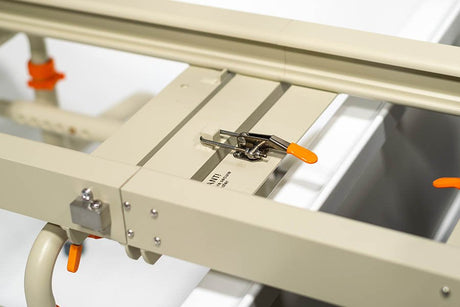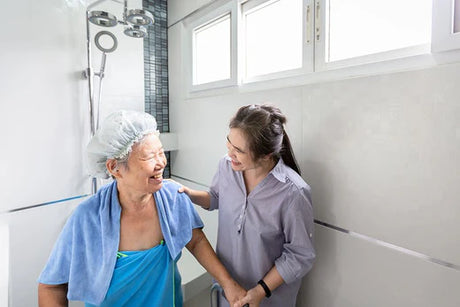Do your prep work with your mobility impaired loved one
You can ask your OT what sort of information they’ll likely need from you in advance, so you can discuss this and come up with the most detailed answer before you meet. This could include things like:
- What activities need to be completed within the home each day?
- What commitments and hobbies need to be attended away from home (e.g. doctor appointments, therapy, visits to the library, visiting friends).
- What support is preferably done by family and what tasks need professional carer help?
- What things can your loved one do themselves – or would ideally like to do themselves.
Take notes of these conversations and try to reach a general level of agreement. There may be some elements that require the occupational therapist to provide guidance on – and that’s part of their job. But they’ll appreciate you having some prepared thoughts on what would suit everyone best. The OT will use this as a reference point to start building the plan.
Provide as much information as possible
Depending on how your occupational therapist has been engaged, they may already have all the information they need about your loved one’s level of mobility from the medical perspective. If there is any of this information missing, it’s important to ensure they get access to this.
Raise the flag when the plan isn’t working
Communication is key!
Keep an open mind on assistive technology
Assistive technology helps reduce time spent doing tasks such as entering and exiting the home, travelling, and of course moving around the bathroom.
Don’t immediately think that because technically a family member or your loved one can conduct certain tasks independently without too much trouble that you should ignore assistive technology. It doesn’t need to replace tasks but can take some of the physicality out of them.


Work with an OT that you all feel comfortable with
Sticking to the OT’s plan
Further reading
Enjoyed this article? You may be interested in these resources online:
- What Is Occupational Therapy? – WebMD
- Occupational Therapy – Kids Health
- What is Occupational Therapy? – Showerbuddy Blog
























![Toilet Training A Young Child With Mobility Challenges [And How A Shower Chair Can Help]](http://shower-buddy.com/cdn/shop/articles/toilet-training-disabled-child_520x500_a90e5234-d372-435d-aa56-8da15dd3836c.webp?v=1722557239&width=460)


























